
By Emad El-Din Aysha, PhD
A number of factors worked against me enjoying this movie. I’m a fan of both Frank Herbert and the 1984 David Lynch movie, am hypersensitive about Hollywood politics and I’d recently watched two stunning movies that upped my expectations to breaking point. A wonderful fanedit[1] of the Lynch movie and 2001: A Space Odyssey (1968), in the cinema no less. The Stanley Kubrick movie is a marvel, standing up to the best CGI has to offer, and making this ‘epic’ not nearly as epic as it should be.
The director Denis Villeneuve has less excuses than the man director when it comes to adapting this admittedly complex book to screen. He got what he wanted, what David Lynch originally wanted, which is to split the story in two to have the time needed to get everything right. He also got a hell of a lot more money plus CGI. And yet, Mr. Villeneuve insisted on adding things not in the original novel which are distracting and waste time, whilst compressing or belittling things that were in the novel and tremendously important. This dude, remember, insisted that he was being true to the novel and had ‘misgivings’ about the original movie and hoped to fix its literary mistakes. The audaciousness!
The visuals and production standards and production design are astounding but even then they are not utilized nearly enough, in key junctures, and there are aesthetic problems that appear under closer inspection. Worse still, the legacy of the 1984 movie can be felt here and in a bad way, deliberate choices made by Mr. Villeneuve almost as a snub to David Lynch that nonetheless backfired.
I’m too perplexed at the moment having recently come out of the movie theatres, so please bear with me and my tirades in the meantime!
Character Assassinations
As I suspected the only two actors who impressed me with their performances were Oscar Isaac as Duke Leto ‘the Just’ Atreides and Jason Momoa as Duncan Idaho. Oscar Isaac isn’t quite as aristocratic and romantic as Jürgen Prochnow but he’s done a very decent job as a man of true nobility and a loving and considerate father; he gives Paul a pep talk about leadership and how being a good son is enough. Oscar Isaac has certainly beefed up for the role too. His only failing here is a lack of chemistry with Rebecca Ferguson as the Lady Jessica; not really his fault since they aren’t given enough time together to get chemical. (For some reason I found the Lady Jessica a bit too close for comfort when it came to Paul, such as the scene where they change into the stillsuits).
Jason Momoa’s a warrior born and bred and his two-bladed fighting style leaves him looking like a kickass Samurai. You really feel sorry for him when he gets killed and can buy into him liking the Fremen. He’s still not quite as close to the character in the novel as Richard Jordan, someone who is perfect for period drama roles and gentlemanliness, but his character was written right.
Rebecca Ferguson’s certainly attractive and posh and I’ve heard she’s a very accomplished actress so if there’s a problem here it’s in the writing. The character seems to vacillate between a timid helpless maternal prototype and a slithery Bene Gesserit temptress and warrior. To be fair there’s some of that in the novel but not in the Lynch movie, played to perfection by Francesca Annis, someone you can tell was born to nobility. As for her enfant terrible Timothée Chalamet ( Paul Atreides) I expected to hate his guts after watching the trailers but instead I just found myself feeling indifferent. He has a weak jawline, making him look like a wuss, compared to Kyle MacLachlan, a young man who nonetheless has a jutting chin and strong jaw, a boy destined to become a man. (This was probably Kyle’s best performance ever. He was Paul Atreides, donning an aristocratic English accent unlike this Americanized teenybopper). Dear young Timothée does give a sincere performance but he’s slouched over half the time and even his outburst-argument with his mother has a deliberate feel to it, appealing to the teenage angst-type audience[2] – much like the useless Kylo Ren (Adam Driver) in the new Star Wars trilogy. The actor’s main claim to fame previously was the aptly titled Beautiful Boy (2018). They actually make issue of how puny he is in the movie, with a comment by Duncan, and how not in the mood he is for work and responsibilities in the shield practice scene with Gurney Halleck.
On the topic of Gurney, Josh Brolin was okay but he is no match by far for Patrick Stewart since he took a beefcake character who knows pithy quotes and gave the guy Shakespearean depth with his classical English accent. It doesn’t work here with an American accent. Josh Brolin can play forceful and even sinister roles well but he’s too jovial here for his serious demeanor – again a vacillating character, evidence of writing problems. (The accents are a muddle in the story in general, with different pronunciations of Harkonnen!)
Now for the really disappointing characters. Stellan Skarsgård as Baron Vladimir Harkonnen, for starters. He’s has played bad guys before, downright horrendous ones, but I wasn’t ‘that’ intimidated here. He isn’t bombastic and over the top and a true aristocratic snob like Kenneth McMillan. He’s just too deliberately sinister, too in control of himself. The character in the novel was cunning and devious but most definitely not a stoical planner. He can’t control his emotional responses when he’s around the Sardaukar, for instance. (Bob Hoskins as J. Edgar Hoover is closer to the Baron in the novel). And Stellan’s fat suit isn’t convincing, as I suspected, and when he’s dressed he wears a black grey robe that actually hides how fat he is – so what’s the point of him wearing it? In the original movie, and novel, he wears an anti-gravity suit, something that he desperately needs to move around. Here it feels like an afterthought. Even worse is his brains, fighter-Mentat Piter De Vries, played here by David Dastmalchian, the touchy feely Polka-Dot Man from The Suicide Squad. He was also a pointless lab assistant in Blade Runner: 2049. He’s likewise as pointless here.

FIGHTING FOR RECOGNITION: David Dastmalchian ear warmers vs. Brad Dourif’s body language. Take your pick!
Piter De Vries in the original novel was a formidable character, and someone who was even crueler than the Baron who employed him and was even able to outsmart the great and old Mentat Thufir Hawat. (Mentats are human computers since in this future world artificial intelligence is outlawed and technology very restricted). He also had an obsession with the Lady Jessica that he didn’t allow himself to pursue because any and all emotions cloud the judgments of a Mentat and Brad Dourif’s characterization of him in the old movie was astounding. (He has a knack for psychopaths and weirdoes, from One who Flew Over the Cuckoo’s Nest onwards). The actor did more than play him, he helped bring the character to life, inventing a litany for him to rival the litany of fear and developing an idiosyncratic body-language that is indicative of deep thought and intense pondering. Did I mention that his outfit is cool too?
This guy, David Dastmalchian, doesn’t look or sound like Piter De Vries in the slightest. He looks like he’s about to kiss somebody with his pursued lips and wears ear warmers at one point when he’s busy trying to convince the Sardaukar to help them out, which makes no sense since they’ve already been ordered by the emperor beforehand. So why make the trip, and for tow lousy battalions instead of five legions? Sheesh!
Then there’s Chen Chang as Dr. Wellington Yueh. He actually did a half decent job, giving off the impression of being an acupuncture expert as opposed to a modern newfangled doctor. I don’t mind him being Chinese but does he really look like a ‘Wellington’ to you? More to the point, the character once again is badly written. When he tells the Duke why he’s betrayed him – the Duke doesn’t seem ‘too’ surprised, perhaps the tranquilizer dart dulled his whit – he makes it sound like his plan to take revenge on the Baron through the poisoned tooth is an afterthought. In the original story and movie it was the whole point of the betrayal, the illogical madness of treasons that sacrificed millions.
Dean Stockwell, most well known for Quantum Leap, was wonderful as Dr. Wellington. You really would suspect him least as a traitor and you can understand the terrible conflict he suffered deep inside him as a man who genuinely loves the noble house he is serving. The scene where he gets killed in the old movie is also significantly better because the good doctor brags about how they haven’t defeated him and how he knows what he’s sacrificed. The scene before that has him crying, after being forced to see the true consequences of his actions, harming Duke Leto.
Also the Baron doesn’t kill Dr. Wellington himself. He gets his Mentat to do that for him. This is logical and natural. Decadent aristocrats don’t do their own dirty work, they get their minions to do it for them. More so in the Lynch movie as the Baron refuses to get close to the doctor; he’s a traitor after all. Napoleon did the same thing when invading Egypt, paying off the treacherous Mamluk but refusing to sully his hands with a handshake. (You’d think a Frenchman like Mr. Villeneuve would know that. Having the Baron touch the doctor here also is not terribly politically correct, smacking of effeminacy).
I have mixed feelings about Sharon Duncan-Brewster as Liet Kynes and I’d put the blame on the moviemakers. She’s a solid performer and looks tough and desert-hardened but she’s also English originally so you’d think she could do a Shakespearean accent. Instead she sounds like an African American. Come to think of it, all the black actors here sound African American, as if nobody heard of the Afro-Caribbean and how black people in the UK speak, cool funky dudes that they are. (Look what they did to poor John Boyega in the new Star Wars movies). Worse still her character is annoying. She isn’t impressed by Duke Leto sacrificing spice to rescue the spice harvesters, unlike what happens in the novel and in a way that just frankly is illogical, and berates him instead for being a ‘man’. (Remember what I said about the Dune prequel novels and the forced and phony feminism in them?) Citing Chris Gore[3] I’d argued previously that gender and race-swapping the character of Liet Kynes was pointless because the character gets killed off early in the story, and here the character is not only wasted but downgraded too. Liet Kynes was more than an imperial citizen and planetary ecologist, he was the secret leader of the Fremen – Stilgar himself worked for him, and this is why the Harkonnens kill him – whereas here Liet Kynes is just someone who turned native and is killed off by the Sardaukar, for the emperor’s sake. You would think that if they were trying to make a point about diversity they would ‘upgrade’ the character, not trash him/her?
Notice the way Sharon Duncan-Brewster gets killed here, with a stab to her stillsuit that makes it leak water, much like Max von Sydow’s stillsuit is ripped open in the first movie. (More on these recurring patterns below). And this Liet Kynes only turns native after falling in love with a Fremen warrior. So much for the feminist card.
I suspect as much will go wrong with Chani’s character since you feel she is being dressed up for too much here, introducing the story. As for Zendaya as Chani, I was also a ‘bit’ disappointed. Her performance is a bit sedated and frankly she isn’t given much to do here, except look good in what’s-his-name’s eyes, so it’s not fair to pass judgment so soon. My worry however is that she won’t be up to the task in the second movie. Admittedly Sean Young didn’t do ‘that’ much with the character in the 1984 movie, except be beautiful and sexy and supportive, whereas Zendaya at least looks desert-hardened and governed by a warrior-code. We’ll have to wait and see. Javier Bardem is another problematic character. He’s okay as Stilgar, but seems too cocky and too much like Javier Bardem’s other characters to be a desert rat here.
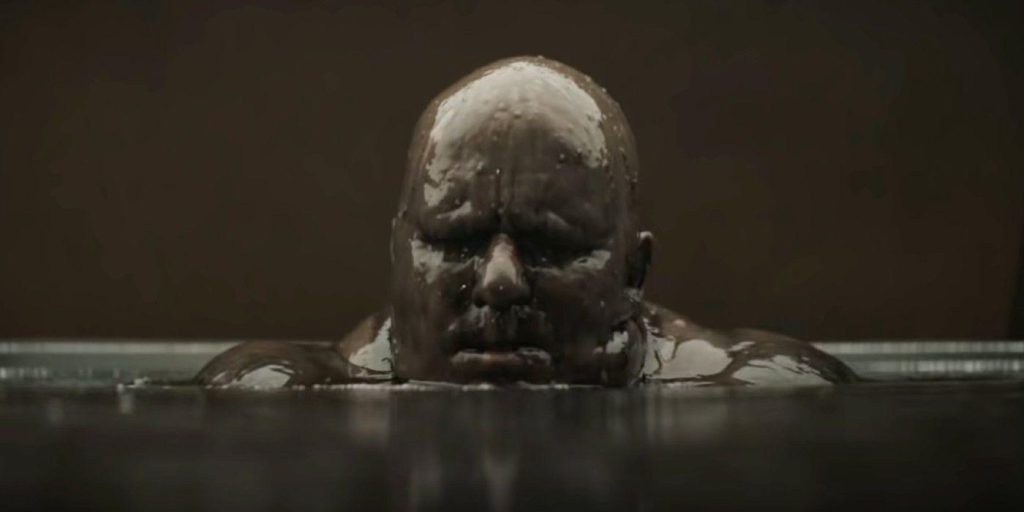
BLACK GOLD: The brand new Baron (Stellan Skarsgård) checking the latest stock market figures, at the bottom of the barrel.
They don’t understand just who and ‘how’ Stilgar is. He’s a tribal leader who rules only through persuasion, by example through physical strength and generosity, and through his decisiveness and eloquence. This guy looks like he’s scratching his head half the time whenever he makes a decision!
Other characters are so underused they aren’t even worth mentioning, such as Shadout Mapes and Reverend Mother Gaius Helen Mohiam, both important characters in the novel. Shadout Mapes in the Lynch movie is worth mentioning especially because the actress they got to play her, Linda Hunt, looked almost exactly like here. That’s an acid test of a good adaptation, getting people who look like the originals or are made to look like them. Here the character is played again by an African woman and one whose talent is wasted because she doesn’t get to do anything before she gets snuffed out. There’s the scene where Jessica fights Stilgar and it’s also wasted for action value. He is supposed to be dazzled at how she can overpower him. Not just because she is more skilled and faster but actually physically stronger, while he is the strongest of his tribe. Same with the novel and old movie, again again. Yet another feminist plus point that wasn’t scored here.
Talk about self-inflicted wounds. This comes worst of all in the scene with Jamis (Babs Olusanmokun) fighting Paul. The actor is black and he insists on screaming like a savage to apparently scare Paul into being defeated. It’s stupid and offensive. Might as well get him to play a mugger. And to add insult to injury the knife Paul uses to kill him comes from Chani, and it belonged to a ‘female’ relative of hers; one set of equalities outweighing another. That’s what happens when you try to force diversity, not just down the audiences’ throats but down your own throat. Remember what I said about Robocop 1987 vs. 2014? And it’s not like Mr. Villeneuve didn’t have enough time to get Mapes or Mohaim to do their thing and get jiggy with it!
Finally there’s the sandworms. They look more like the original worms in the novel, to be fair, but they don’t seem as big or menacing. Even the harvester scene, when it gets swallowed, you feel it’s going to stick in the poor thing’s gullet and choke it to death. They made the harvester too big if you ask me, and nobody comments on the monstrous size of the worm compared to the old movie. The original scene in the old movie was much more impressive, with the mouth of the worm closing on the harvester and exploding it. Worm sign was also more impressive there because you have lightning activity. It makes them look more ominous and other worldly. Here it’s just sand waves and you can’t quite tell if it’s CGI or practical effects. The sand riding scene in this movie is also not impressive because you can tell its CGI whereas the practical effects of the riding in the original are spectacular.
Well I’ve always hated computers, another reason I like the Frank Herbert novels and their anti-computerized backwards future world!
Pictures Imperfect
Now to the visuals and aesthetic of the movie, which are marvelous and a letdown at the same time. Same goes for world-building. You have planet Caladan, a lush green world of forests and oceans and cold weather and, not surprisingly, you have a lot of rock grey architecture to go along with the environment. But, at the same blasted time, you have metal scaffolding meant to keep the sun and heat out, like the kind of traditional wooden and metal blinds you find in Arabic and Mediterranean countries. It looks nice but it’s so out of place. You see that kind of thing on Arrakis but it makes sense there, given how damn hot and sunny that planet is, which only makes things worse because you don’t get as much of a contrast between the two diametrically opposite worlds. Then there is the industrial powerhouse that is Giedi Prime, the Baron’s home planet. That’s good enough all things considered but it has a similar aesthetic to Caladan and to Blade Runner: 2049 to be honest.
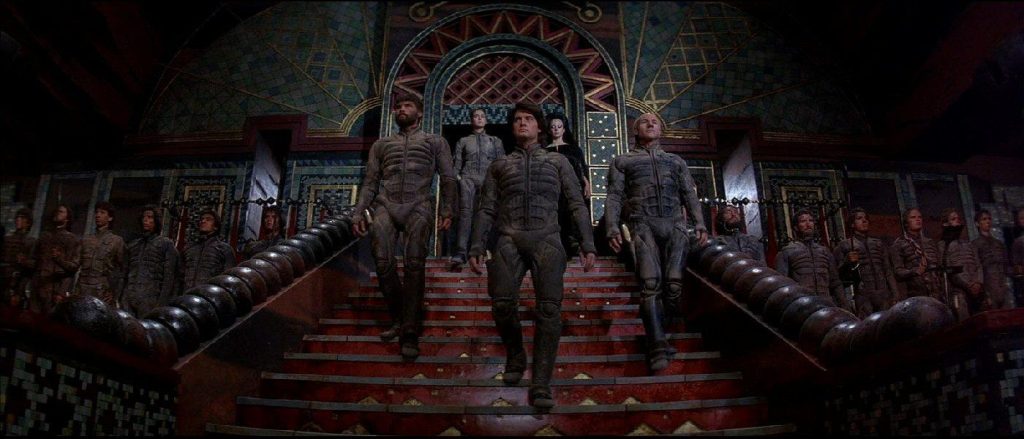
UP CLOSE AND PERSONAL: David Lynch’s Arrakeen palace is a delight to the desert-starved eyes of the Arab audience, and critics.
Now to bring back David Lynch, and the still lovely and very Italian Raffaella De Laurentiis. Each House in the 1984 epic has its own aesthetic and Arrakis deserves especial mention too. The castle on Caladan is old and noble and has a darkish grey-green hue to it, perfect for the world it’s located on, but is also warm and hospitable. You could imagine courtly romances taking place there and is a home build on love and trust and appreciation. That’s what’s so endearing about Jürgen Prochnow with his grizzled older look talking about how proud he is of young Paul and how Thufir swears he’s the best pupil he’s ever had – after training three generations of Atreides.
The palace in Arrakeen is also a marvel. You have a mixture of wonderfully coloured rocks, from blood red to cool grey but, more importantly, there is the floor tiling. It’s a lively shade of blue and gold, mimicking water and gardens. This is a commonplace in Islamic civilization and Mediterranean architecture. People that live in hot countries don’t like to be ‘reminded’ of how blasted hot and parched and bleak the world on the outside is. They like nature tamed and turned benign. Hence the Arab love of fountains. Remember Lawrence of Arabia when Alec Guinness says the desert has nothing in it and nobody needs nothing, whereas the English have a love for desolate places. The director of this movie just doesn’t get the point. He has sand-coloured beige for absolutely everything, with some gold decorations, and that’s it.
Now Geidi Prime. The Baron’s residence in the original movie it’s not a dull, shapeless grey-black but instead a lively but cold cobalt green. A metallic colour that is futuristic but not clichéd as far as portraying bad guys is concerned. There’s also the lighting in the place, using these very industrial age lights that hurt your eyes, giving a sense of heat and discomfort, compared to the soft energy-efficient type lights the Atreides have. Everything is waste with the Harkonnens, everything is excess, even their furnishings. The industrial age feel of the Harkonnens’ extends to their hunter-killer device, which had a clock-like mechanism on the inside, a smart movie on the part of David Lynch since he understood the prohibitions on digital technologies in this future world. The 1984 movie is almost Steampunk, with retro technologies evident everywhere.
In this movie, by contrast, you feel like you’re living in the gadget-obsessed world of today. Paul is watching book-films that involve projectors, like the digital kind you have nowadays that you can find in tablets. The same goes for shield-technology. It’s nice but too damn familiar, contrasted to the still classic shield-training scene in the Lynch movie. Many other gadgets also feel too familiar, such as the stuff Dr. Wellington leaves Paul and his mother, or the electronic compass that Duncan gives Paul. There’s also the wonderful shield wall in the old movie, a big silvery reflective thing that has a distinct sound as well. (You hear the storms and winds within the castle in Arrakeen, whereas the air in the city is always still in this movie). Here you neither hear nor see the blasted thing, which dulls the impact of the invasion scene when the Harkonnens strike. (The battle sequence is impressive mind you but the lighting doesn’t allow you to take in the design of the Harkonnen vessels and it’s a bit too depressing as well, especially with the music).
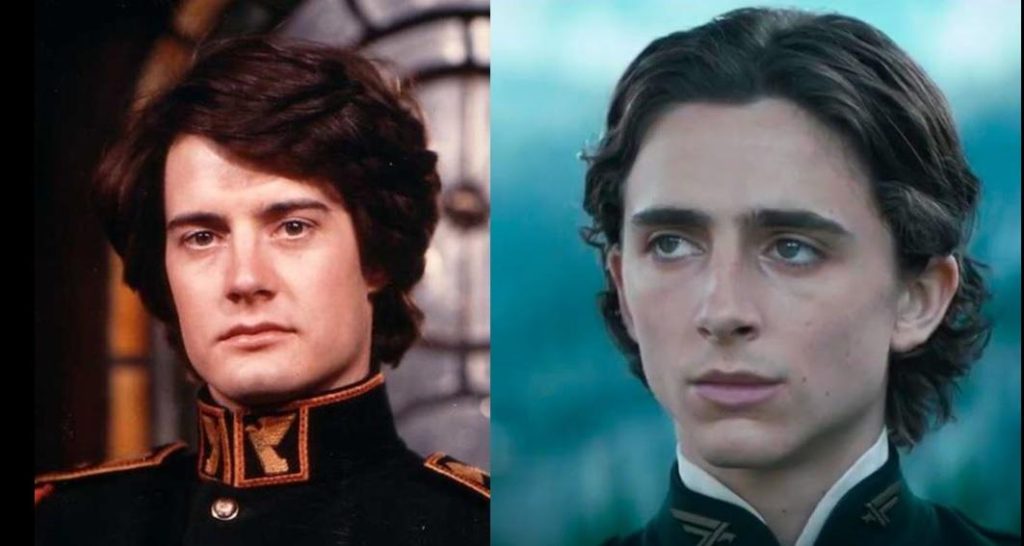
CHISELING OF THE CHINS: Kyle MacLachlan, first and foremost, then Timothée Chalamet. (The 2021 hero looks like he’s just had a shower!)
The whole technological feel of the movie is wrong. The Guild Liners are disappointing too, as they are too circular and too grey, contrasted to the original movie where they have aristocratic touches (the golden entrance way with all the decorations) and look like floating cities. You can also see just how gianmungus they are, by contrasting them to the ships of the Atreides. I did like the dragonfly helicopters and they did have a slightly retro feel to them, on the inside, but that was about it. The helmet Duncan wears is a bit too much like modern flyboy helmets for it to work as futurist or retro. Contrast that to the old-fashioned leather headgear people wear in Blade Runner (1984) when they fly their cars – don’t think I saw them in the 2049 sequel. How ironic that Ridley Scott, the director of Blade Runner, was originally meant to do Dune the same year. He should have done this one, if you ask me!
...
To Be Continued!
NOTES:
[1] Actually there are two versions of equal goodliness by Spice Diver, “Dune (The Alternative Edition)” and “Dune 1984 Alternative Edition Redux edited by Spidediver”. The first has Frank Herbert doing the exposition and the second Irulan, with the added advantage of dividing the movie into four books. Take your pick!
[2] For an alternative interpretation you have the notion that the movie is about manliness and how to attain it – see Chris Gore’s comments here: “A Conversation With Chris Gore | Why Hollywood Is Struggling, Kevin Smith Drama, Disney Star Wars”, (29 July 2021), https://www.youtube.com/watch?v=Nzn9cplUR9M. There is ‘one’ scene where Paul gets berated by his dad for risking himself and he calls the Duke ‘sir’ so there is some of that in there, but the rest just doesn’t fit the thesis.
[3] Please see the 4 minute mark in this youtube video “Why 99% Of Movies Today Are Garbage (Part 2) - Chris Gore”, (15 July 2021), https://www.youtube.com/watch?v=I8tHc2_a3rI&t=0s.

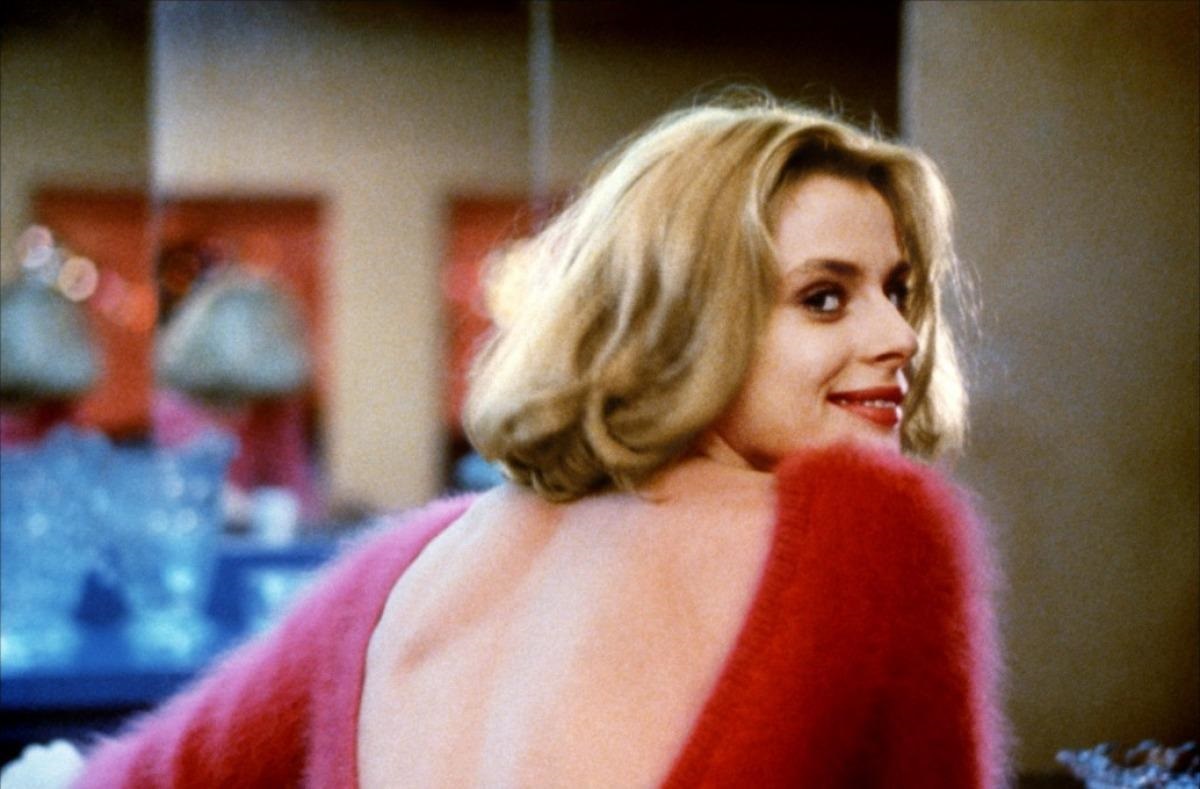
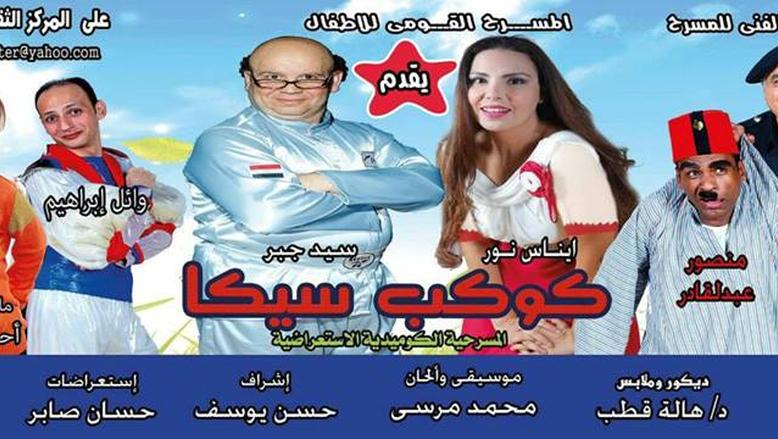
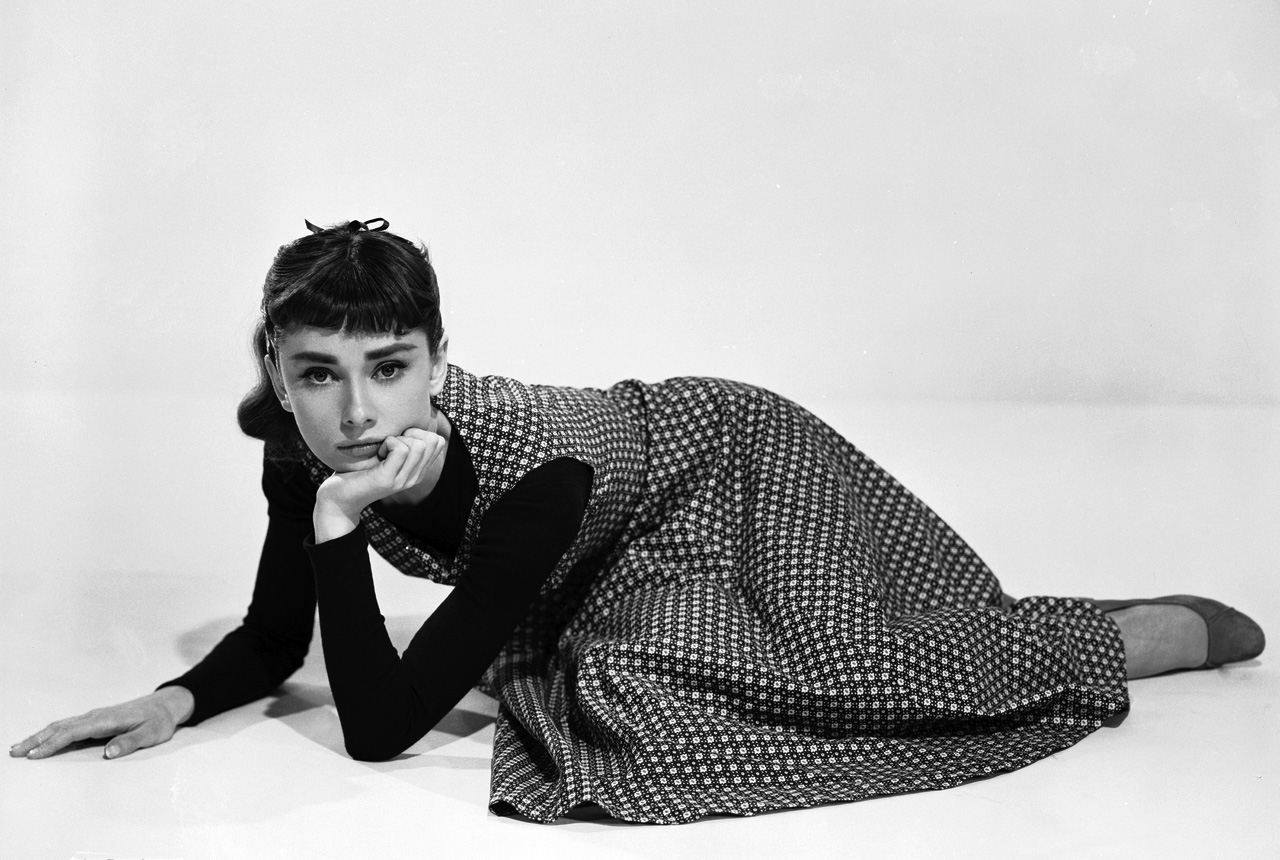
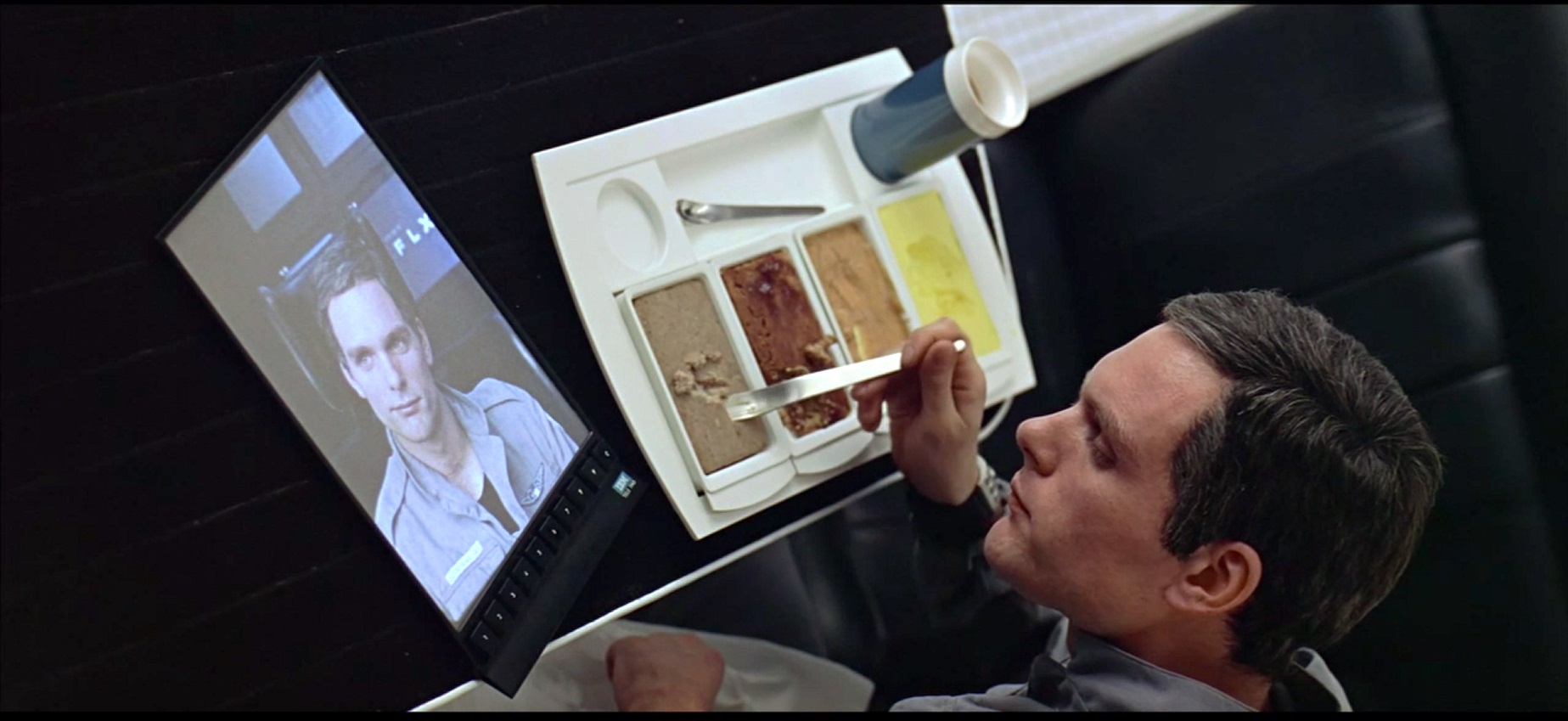
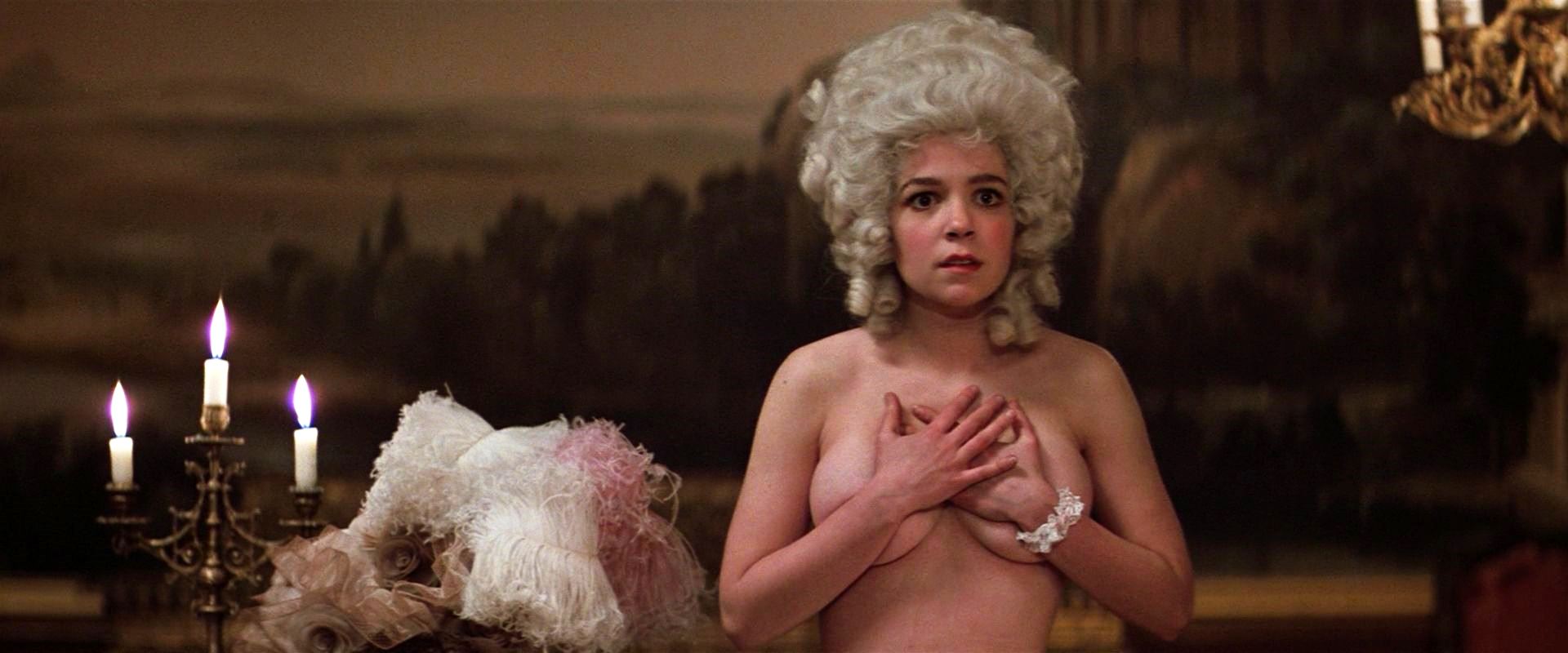
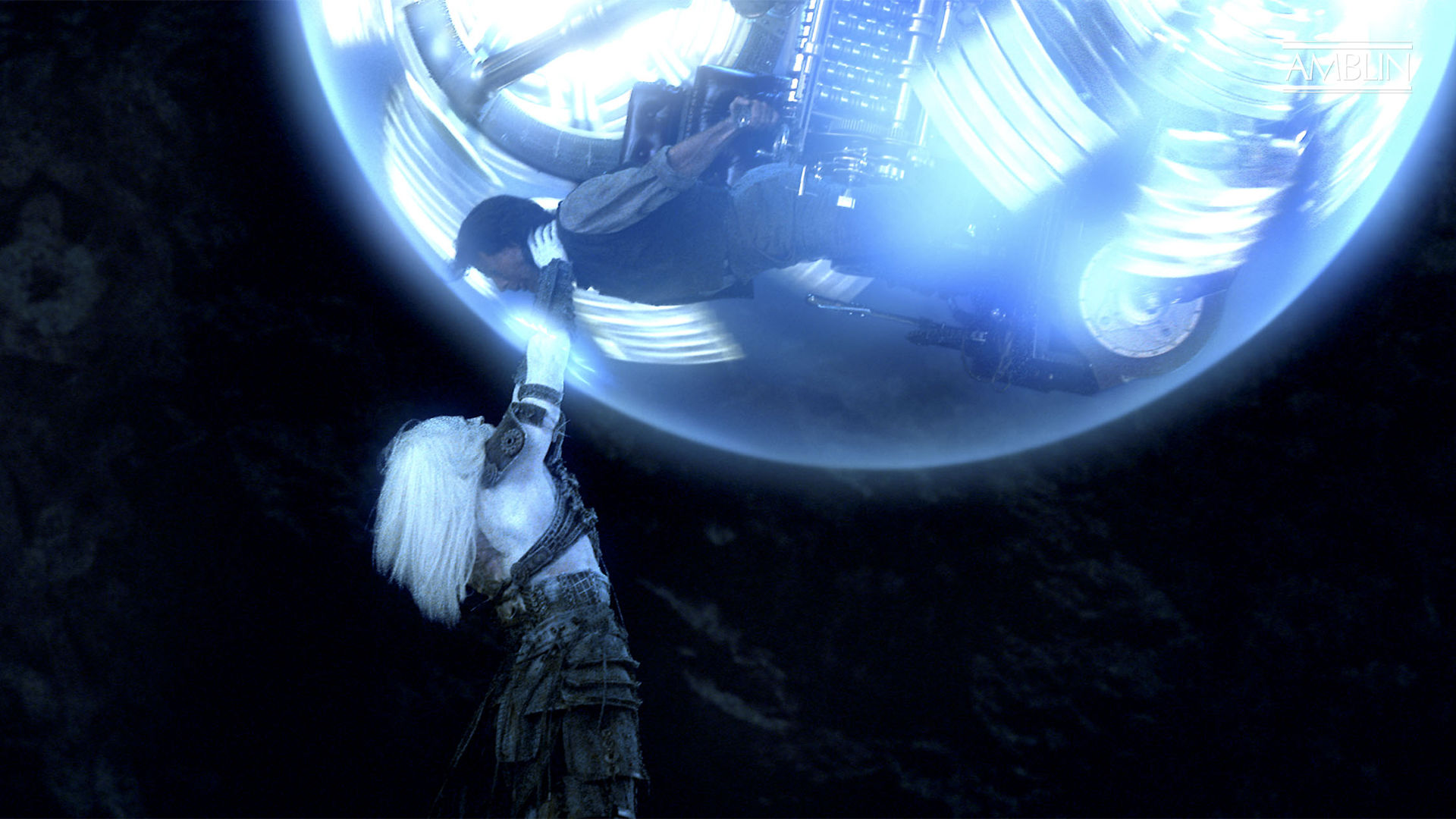
Dear readers, I just realised something ridiculous about the movie, probably the key to its success. The breakfast scene where Paul is slouched over and grumpy. In aristocratic and royal families there is such a thing as etiquette and eating at a certain time and dressing a specific way at the table, as well as only eating when the head of the family - the father - is there and sitting at the head of the table. This make Paul look like some sort of moody, aimless American teenager. That's why it appealed to audiences, American youthful audiences, just like 'Casino Royale' which broke all the records but also all of the British charm of the James Bond franchise!!